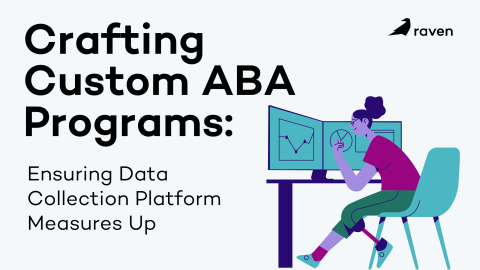
Paraphrasing the old ABA therapy adage, if you gather 100 BCBAs in a room you’ll find 100 unique approaches to treatment. This is both the beauty and the challenge of the field: the need for personalized programs that resonate with the individuality of each client. After all, when no two clients are alike, a one-size-fits-all method just won’t cut it. The very diversity in administration is not a bug; it’s a feature that makes ABA therapy profoundly special and effective.
One Size Fits None: The Dilemma of Standard Data Collection Platforms
Unfortunately, too many data collection platforms in the market haven’t caught up with this reality. They come with rigid programming, offering a set menu of prompts that are about as flexible as a steel rod. Clinicians find themselves in a maze of scroll bars, zoom tools, and endless clicking — all just to input data that should be straightforward. It’s a classic case of the tool defining the craft, not the other way around. This rigidity constrains BCBAs, forcing them into a mold that might not serve.
Tailoring ABA Therapy: Features that Speak ‘Flexibility’
The gold standard for any clinical programming is flexibility. When shopping for an electronic data collection platform, it’s essential to prioritize one that bends to fit your clinic’s needs, not the other way around. Here’s what to look for:
- A program library that empowers BCBAs to create new programs from templates or from the ground up.
- Mastery criteria and thresholds that are as customizable as your approach to each client.
- A customizable prompt library, ready to be tailored to the nuances of specific programs.
- A user-friendly interface that not only is a breeze to navigate but also allows clinicians to quickly identify top-performing programs.
Conclusion: The Power of Flexibility in Data Collection
The ubiquity of pen and paper data collection in ABA therapy speaks volumes about the unmatched flexibility it offers. However, the drawbacks of shunning modern data collection platforms far outweigh the benefits of sticking to old methods. As you contemplate integrating a new platform into your practice, weigh the benefits of digital efficiency against the potential for clinical constraint. The right data collection platform should feel like a natural extension of your expertise, not a straightjacket limiting your clinical creativity. So, when you take that step forward, make sure the platform you choose allows your clinic — and your clients — to move with you, stride for stride.